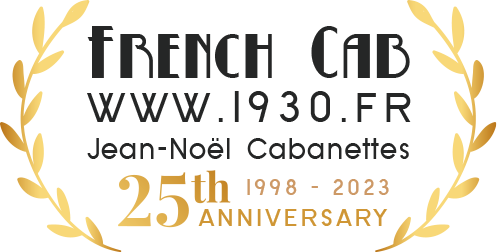Social realism large painting
Large Russian (cccp) oil painting on canvas.
"LENIN speaking on Golero Plan"
Circa 1940/1950. Hand painted reprodution of the famous painting by L. Schmatko.
These reprodutions were displayed in official buildings of ex-ussr republics. They were used as propagando tools.
Provenance : Kiev / Ukrain. Ex USSR replublic.
Size 124x180 cm (49x71 in)
GOELRO plan (Russian: план ГОЭЛРО) was the first-ever Soviet plan for national economic recovery and development. It became the prototype for subsequent Five-Year Plans drafted by Gosplan. GOELRO is the transliteration of the Russian abbreviation for "State Commission for Electrification of Russia" (Государственная комиссия по электрификации России). The Commission and Plan were initiated and supervised by Vladimir Lenin. Lenin's belief in electrification's central importance to the achievement of communism is represented by his statement, "Communism is the Soviet power plus electrification of the whole country."The Commission was established by the Presidium of the VSNKh on February 21, 1920 in accordance with February 3, 1920 VTsIK resolution on the electrification plan development. The director of the Commission was Gleb Krzhizhanovsky. About 200 scientists and engineers participated, including Genrikh Graftio, Ivan Aleksandrov, Mikhail Shatelen and others. By the end of 1920 the Commission devised the "Russian SFSR Electrification Plan" (Russian: «План электрификации Р.С.Ф.С.Р»), that was approved subsequently by the 8th Congress of Soviets on December 22, 1920 and accepted by the Sovnarkom (Soviet government) on December 21, 1921. The Plan represented a major restructuring of the Soviet economy based on total electrification of the country. Lenin's stated goal for it was "...the organization of industry on the basis of modern, advanced technology, on electrification which will provide a link between town and country, will put an end to the division between town and country, will make it possible to raise the level of culture in the countryside and to overcome, even in the most remote corners of land, backwardness, ignorance, poverty, disease, and barbarism." The GOELRO Plan was implemented during a ten to 15 year period. According to the Plan, the territory of the Russian SFSR was divided into eight regions, with distinct development strategies due to specific features of each region: Southern Region, Central Industrial region, Northern Region, Ural Region, Volga Region, Turkestan Region, Caucasus Region and Western Siberia Region. The Plan included construction of a network of 30 regional power plants, including ten large hydroelectric power plants, and numerous electric-powered large industrial enterprises. It was intended to increase the total national power output per year to 8.8 billion kWh, as compared to 1.9 billion kWh of the Imperial Russia in 1913. The Plan was basically fulfilled by 1931. Ivan Aleksandrov was subsequently to direct the Regionalisation Commission of Gosplan which divided the Soviet union into thirteen European and eight Asiatic oblasts, using rational economic planning rather than "the vestiges of lost sovereign rights". The cliché "Ilyich's lamp" (лампочка Ильича) for an electric bulb, a reference to Vladimir Ilyich Lenin, is a reminder of the Plan period.












